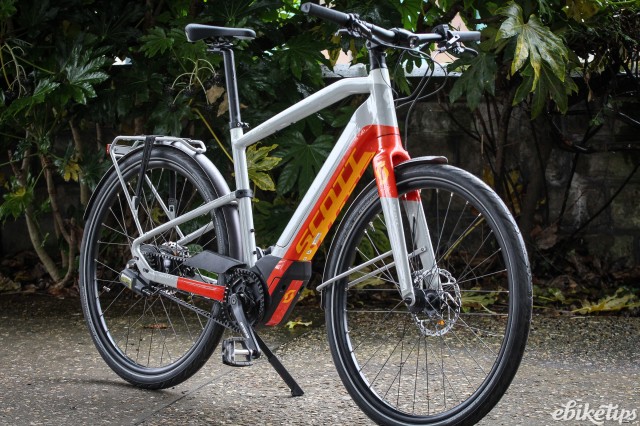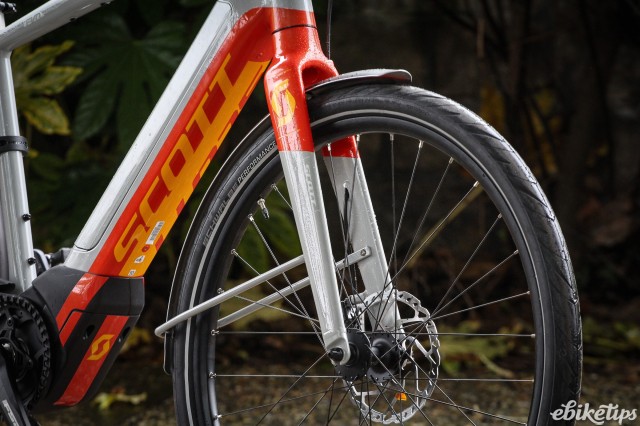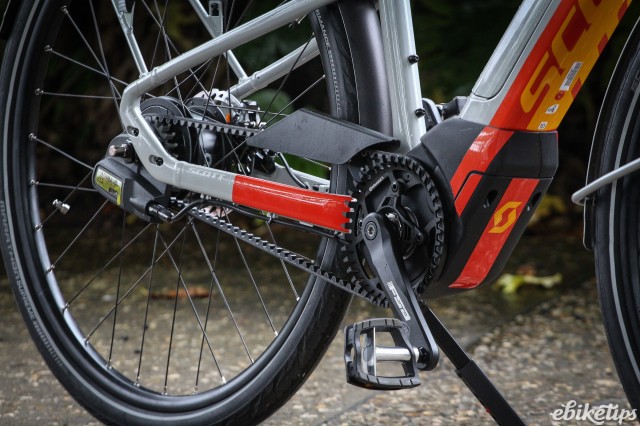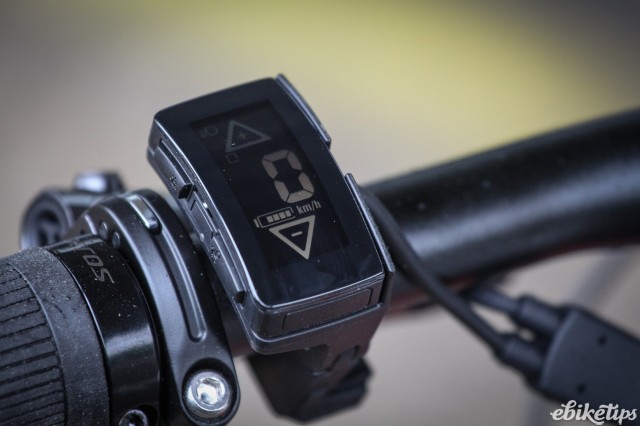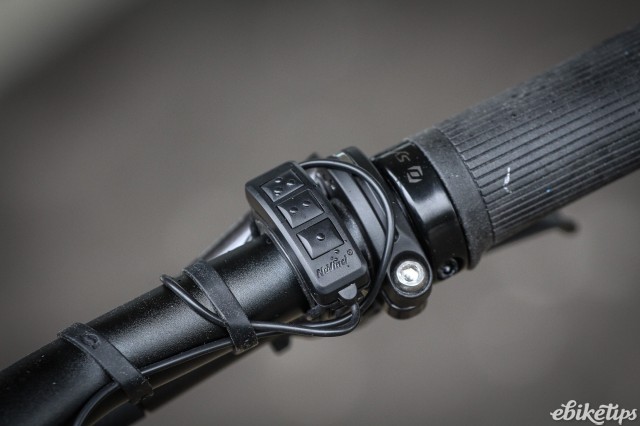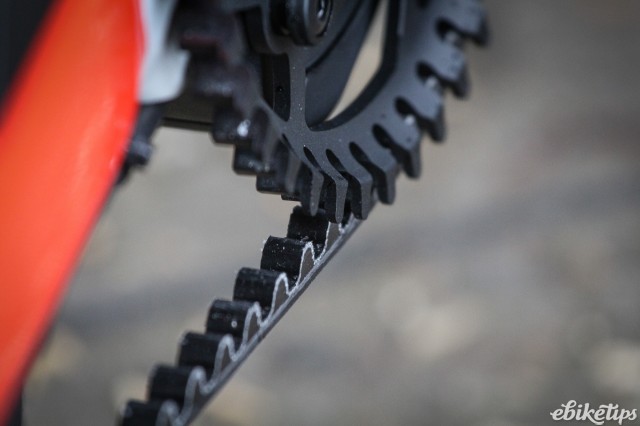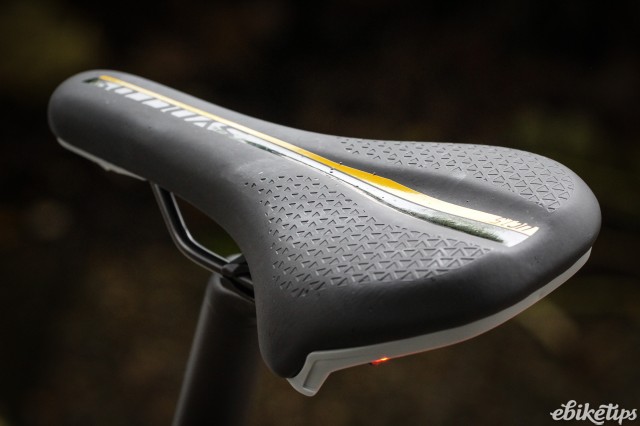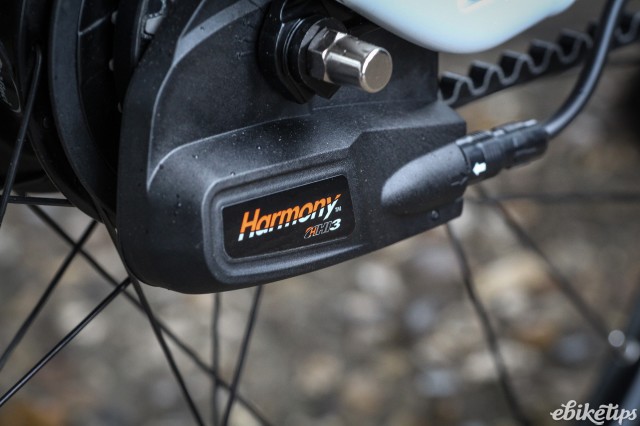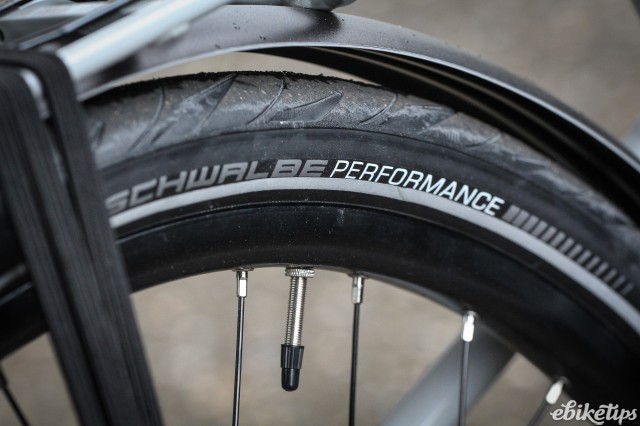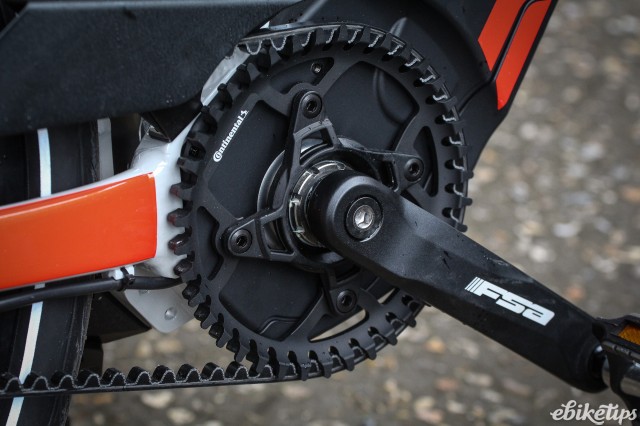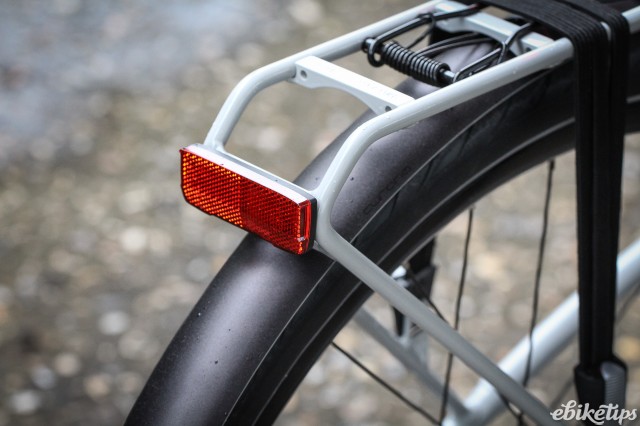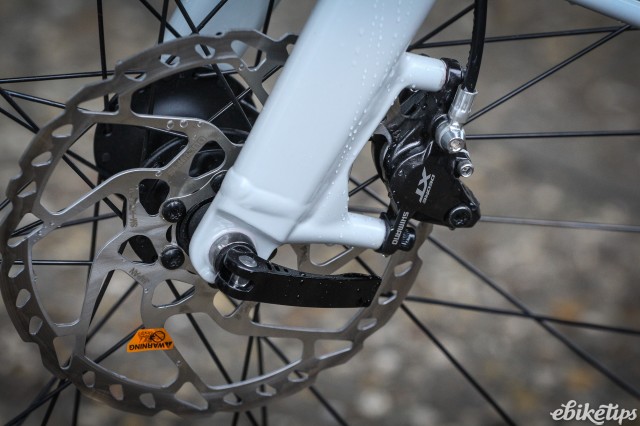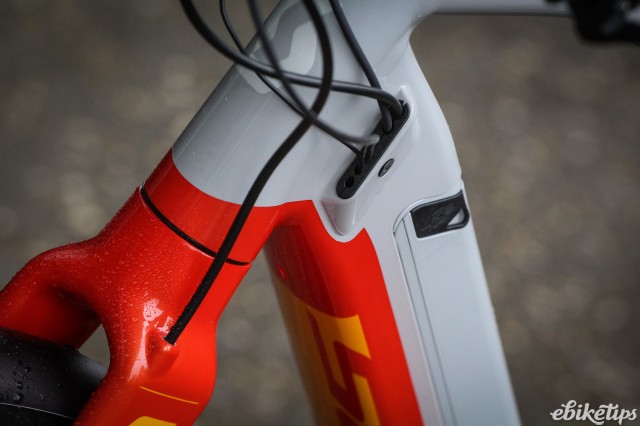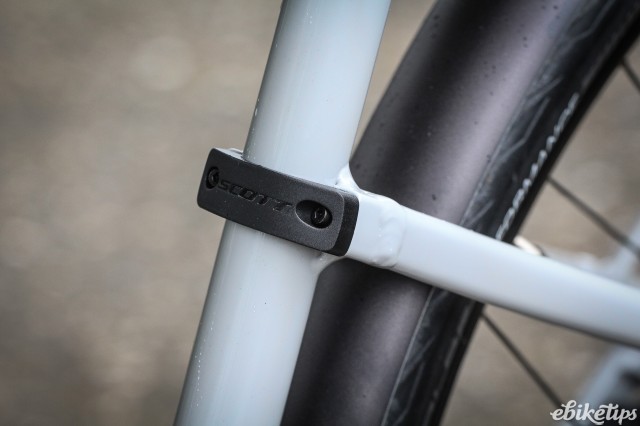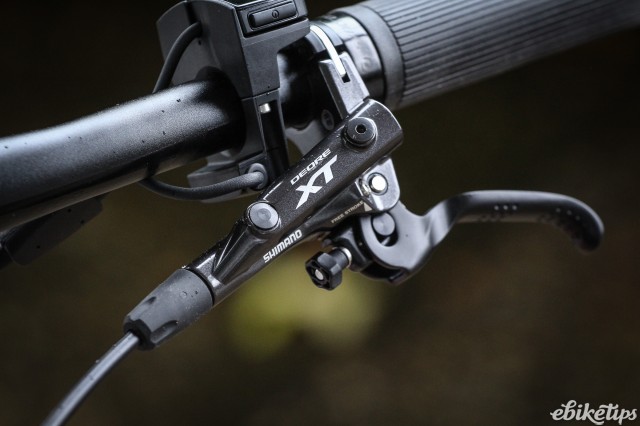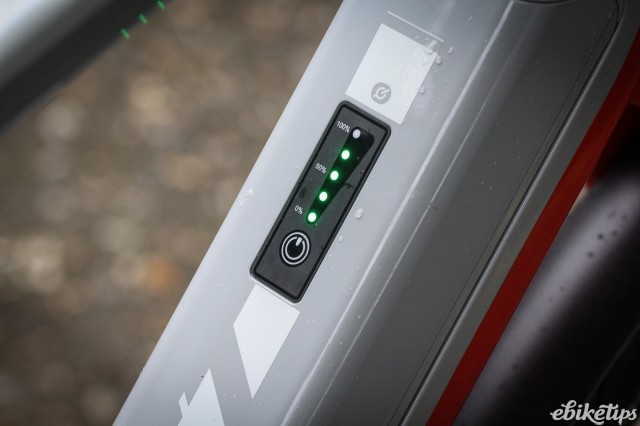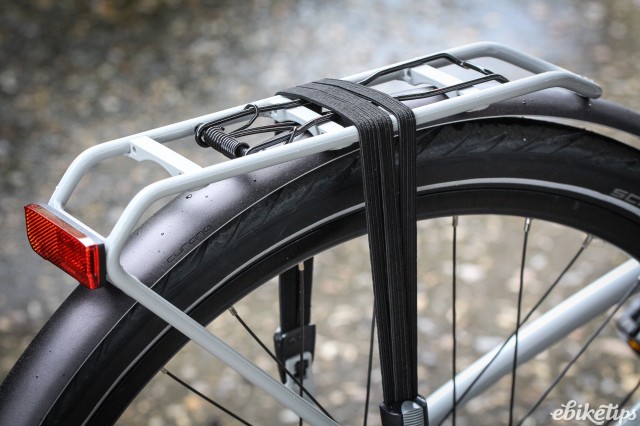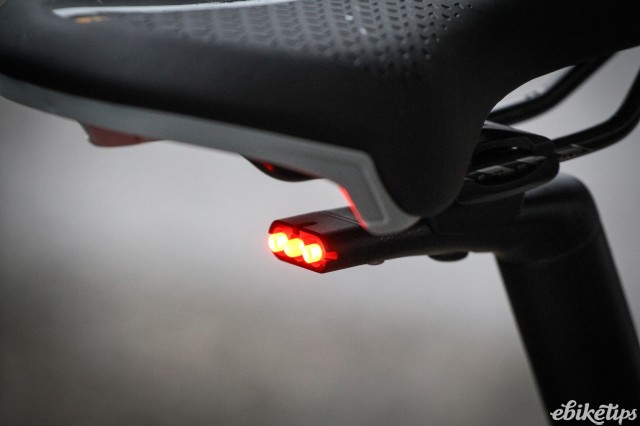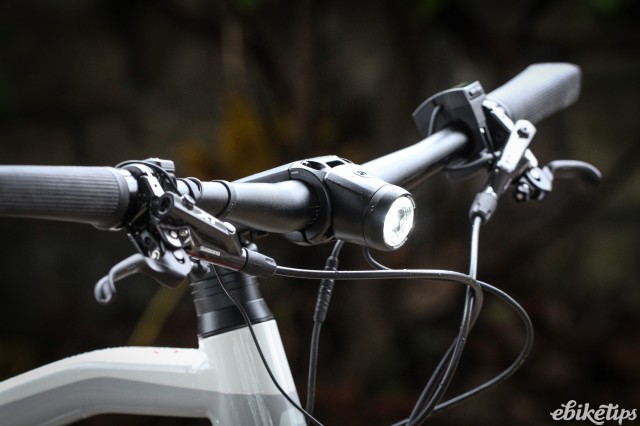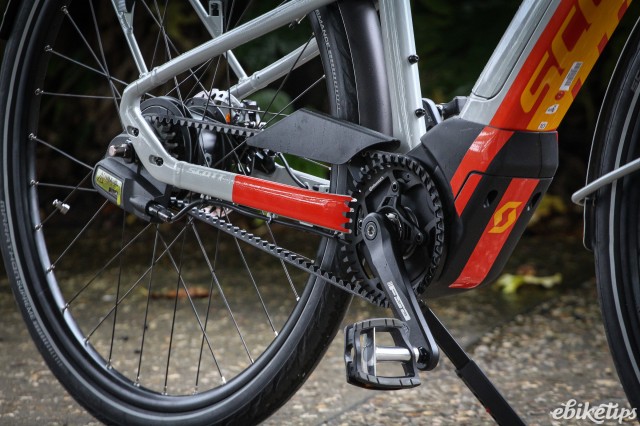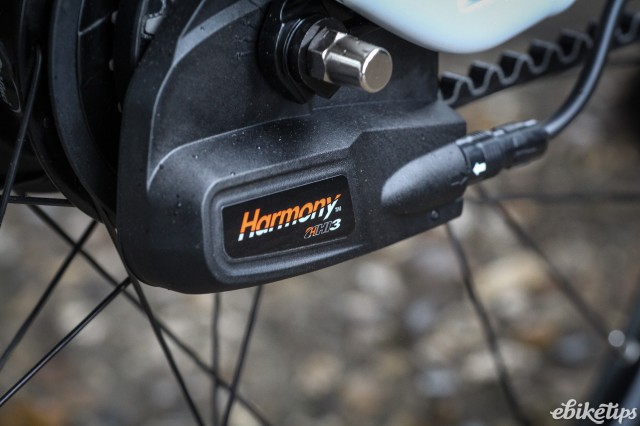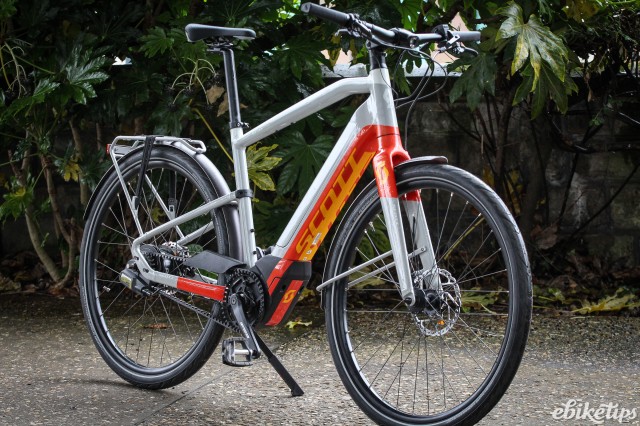Scott e-Silence Evo
Overview
- Motor and transmission are excellent
- High quality build
- Assured and comfortable ride feel
- Range not as big as some
- Weight will put smaller riders off
The new e-Silence Evo from Scott, which features a Brose motor, Contintnetal belt drive, and continuously-variable Nuvinci hub, is a top-spec city bike that has a smooth and comfortable ride, a good range and a very clever transmission system. Its overall weight will make it too burly for some, and there are a few bits I’d change, but overall it’s a classy workhorse that’s built to last. People will probably tell you that could have bought a car for the £3,895 it costs, but if the e-Silence Evo is replacing a second car it’ll pay for itself within a couple of years, and you’ll have had more fun in that time too.
"The all NEW E-Silence Evo will change the way you look at getting around town", say Scott of this machine. "A revolutionary integrated, silent 508wh Brose Engine will get you where you are going faster and more comfortably than ever before. With integrated Supernova lights and clever carrying systems, you can feel at ease leaving the car at home, silence your city."
The ride: great for the city, well specced
The e-Silence Evo comes fully set up for city duties. There's a slimline rack with a bungee strap and a sprung arm for carrying duties, and full Curana mudguards. Schwalbe 50mm city tyres will smooth out the lumps and bumps a bit, and there's a kickstand and belt guard too; belts run much cleaner than chains but you still don't want your good trousers stuck in one.
The riding position of the Scott is adjustable thanks to a clever stem arrangement, but it’s definitely on the active side of the spectrum. This isn’t a sit-up-and-beg city bike, it feels purposeful and a bit sporty; not head-down sporty, though.
The ride is best described as assured. This is a solid-feeling bike, with excellent tyres and brakes, and as such you always feel in control, even when you’re barrelling its 27kg mass down a steep hill. The handlebars are comfortable and well laid out, with everything falling easily to hand. The Syncros saddle is a sporty shape but well padded, and I found it comfortable even for longer rides.
The mudguards do a decent job in the wet, although if the front were longer (or had a mudflap) it would do a better job of keeping your feet dry. The rear mudguard has an integrated rack, which will happily accept two panniers. There’s an elastic strap, too, but the bed of the rack is fairly narrow so it’s not quite as versatile as a full-sized rack, and nor can it carry as much: 15kg is the limit. If you routinely fill up your bags with a week’s worth of shopping, that might be an issue. My only other gripe with the equipment is the kickstand: it’s fixed at the bottom bracket, meaning it interferes with the pedals. Chainstay-mounted kickstands tend to be easier to use.
Motor: silent and eager
Scott lay it on pretty thick on the quietness aspect of this bike. Shimano, Bosch and Yamaha mid motors don't exactly make a racket but you can constantly hear them in the background. The Brose unit is different: because it uses a belt drive to transmit the power from the motor to the cranks it really is a lot less noisy. In the highest assist mode you can just about make it out but below that it's functionally silent, making less noise than the tyres on the road.
That's helped on this bike by the use of a Continental belt drive in place of a chain. Belt drives have become more popular in recent years because they're very low-maintenance and last a long time, exactly what you want from your city bike. You can't split them to fit them, as you would a chain, so the frame needs to be split instead; here the split is at the rack mount.
> Find a Scott e-bike dealer
Does it matter that the motor is quiet? Not necessarily, but it is pleasant when you’re out in the countryside to be whizzing along without any motor sound as a backing track. In the city where there’s plenty of background noise anyway, it’s less of an issue. The Brose motor is a very nicely built unit and it integrates well into the frame shape of the Scott. You wouldn’t necessarily pick this as an e-bike at first glance.
More than you want a motor to be quiet, you want it to be powerful. And the Brose is certainly that. The motor can be tuned to different torques up to about 90Nm; this Scott doesn’t feel like it’s running the motor at full torque (which shortens the range) but it’s not wanting for power, making mincemeat of the hills around Bath, of which there are plenty.
The motor is well paired with Nuvinci's 330 hub. It's a very clever piece of kit indeed, using a planetary arrangement of rotating balls to give a continuously variable drive ratio.
The Harmony system uses this hub technology and mates it with a cadence sensor and electronic controls to alter the hub ratio automatically and keep your feet turning at the same rate. What this means in practice is that when you stop the hub slacks off, meaning that your feet spin quickly as you set off, before the hub shifts into a higher ratio.
> The best city bikes from £1,000 to £2,000
It’s a little disconcerting at first, but soon it’s second nature, and the Harmony system is incredibly simple to use. There are three buttons on the remote for fast, medium or slow cadence. That's it: the hub and the electronics do the rest. I tended to use the middle setting most of the time, sometimes switching to high cadence on longer climbs because it felt more natural. But for 90% of the time you genuinely don’t need to do anything: just pedal. The auto-shifting takes care of the rest. If you’ve ever struggled with the gears on your bike, that struggle is over.
The Harmony gearing works best when you’re not trying too hard and you’re spinning the pedals smoothly. As such, the system doesn’t really feel sporty, it’s very much a cruising setup. That’s not to say the Scott is slow – it isn’t – more that it’s probably not the bike for you if you’re keen on hustling your bike through the traffic and getting where you want to go as quickly as you can. It feels efficient, rather than especially quick.
The Brose display shows speed, assistance level and the battery state, and it also functions as a rocker switch to move between the three power modes. The two buttons on the side access the walk-assist mode and turn on the lights; the e-Silence Evo has integrated Supernova lighting at the front and the rear which is very good. The front light is integrated into the stem, and easy to adjust with a good beam for road riding.
Range: okay but not top of the pile
The battery is very nicely integrated into the down tube of the frame. It's a 509Wh unit and that’s good for a city bike, but the range of the Scott isn’t quite up to some of the other high-end city bikes I’ve tested. Partly I think that’s down to the hub, which isn’t as efficient as a geared hub gear or a derailleur setup, and partly it’s probably the motor: our general experience is that Brose-powered bikes have a slightly shorter range than Bosch-powered ones for the same battery size. Partly, too, I think it’s down to the bike’s overall weight. At 27kg this is a heavy bike. If you’re slight, or physically impaired, and you need to wrestle your bike up any steps or through any tight access points, this Scott would be a real handful and I probably wouldn’t recommend it in those circumstances; I didn’t have any trouble with it though.
Anyway, the Scott was managing four commutes on a charge for me. My commute is a 9km round trip, down a very big hill (1.5km, 5% average, 12% max) and then back up it again in the evening. 36km doesn’t sound like much, but I don’t spare the power on the way home and I’m a big rider (94kg), so even the best bikes don’t really manage more than five, or six at a stretch. In lower power modes, and on flatter terrain, I was getting more like 70-80km which is about par, but below some others I’ve tried: The stripped back, derailleur-geared EBCO USR-75 I reviewed recently was managing a slightly bigger range on a smaller (400Wh) battery, but it’s over 6kg lighter. If maximum range is your primary consideration then you should probably look elsewhere, but realistically the Scott will easily have the legs for most people’s daily use. You’d need to be commuting at least an hour each way before any range anxiety would begin to set in.
Overall: a solid city workhorse
Nearly four grand is a lot to pay for a bike, for sure. But the cost of running even a small city car – when you factor in fuel, insurance, tax, parking, servicing and everything else – starts at £1,500 a year, and that’s without the up-front cost of actually buying the thing in the first place. Run this Scott for a couple of years instead and you’ll probably spend a couple of hundred quid on servicing and parts, and about a tenner on electricity: it costs about 10p to fully charge an e-bike. Less than two years in, you’ll be up on the deal.
There’s a lot to be said for the E-Silence Evo. It has an excellent motor and a very clever transmission that makes city cycling about as simple as it can be. The rest of the bike is highly specced, and the ride is assured and comfortable. The weight might put some people off, and the range isn’t as big as some competitors, but this is the sort of well-built, low-maintenance bike you should just be able to ride and ride and ride. It’s built to last and it’s ideal for day-in-day-out use.
Note: We managed to break the drive ring on our test bike, which we think was due to the drive ring bolts being properly tightened. This is something that a pre-delivery inspection should pick up and the drive ring would have been replaced under warranty, so it hasn’t affected our rating of the bike.
